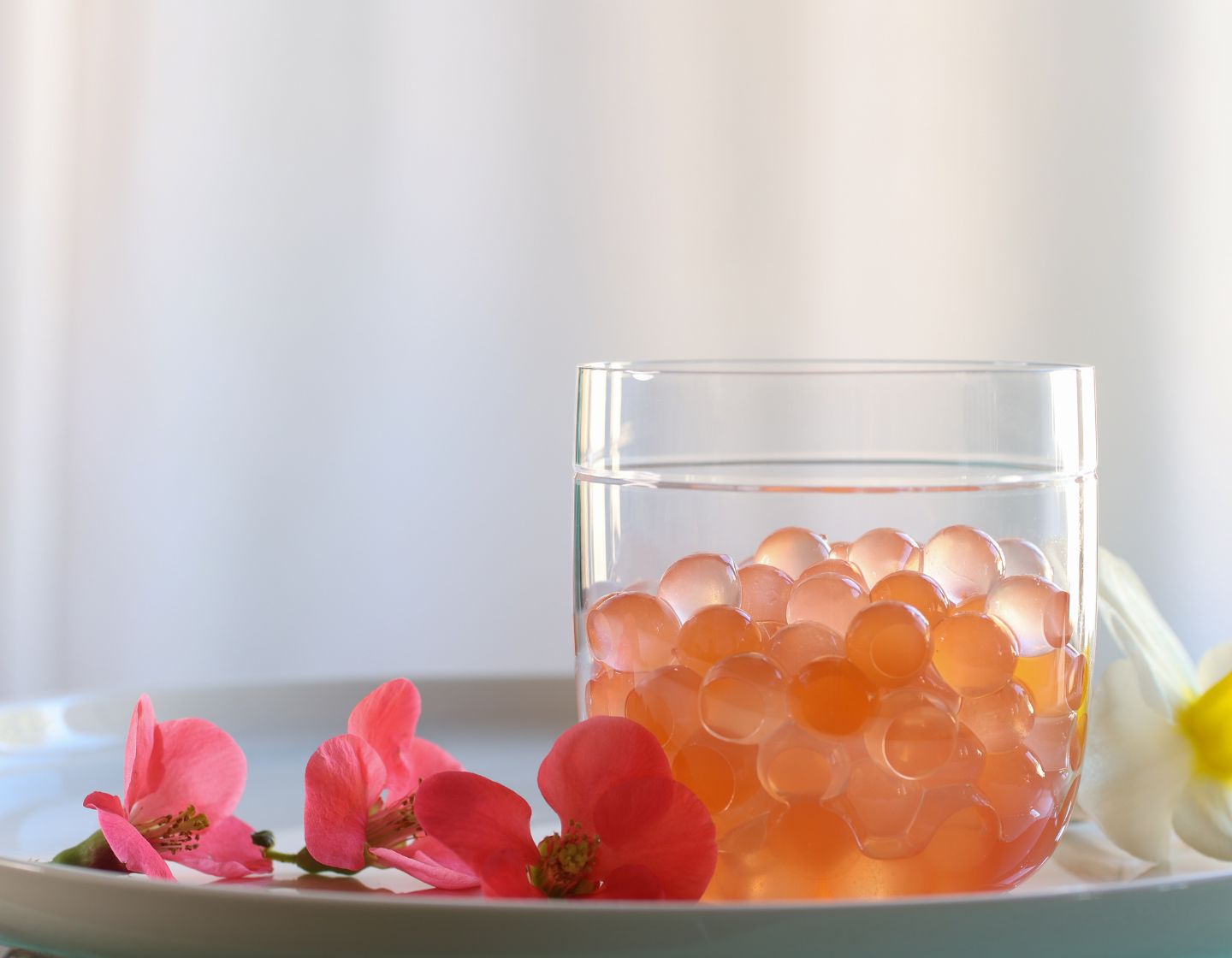
Spherification: The Culinary Art of Capturing Liquids
Dive into the fascinating world of liquid encapsulation and discover how these methods revolutionise cocktail presentations.
Estimated reading time: 5 minutes
Where chemistry meets artistry, remarkable things happen.Spherification and reverse spherification stand as shining examples of this fusion. Once reserved for avant-garde chefs and the world of molecular gastronomy, these techniques are now spilling into modern mixology, adding texture, aesthetics, and other surprising elements.
Understanding the Process
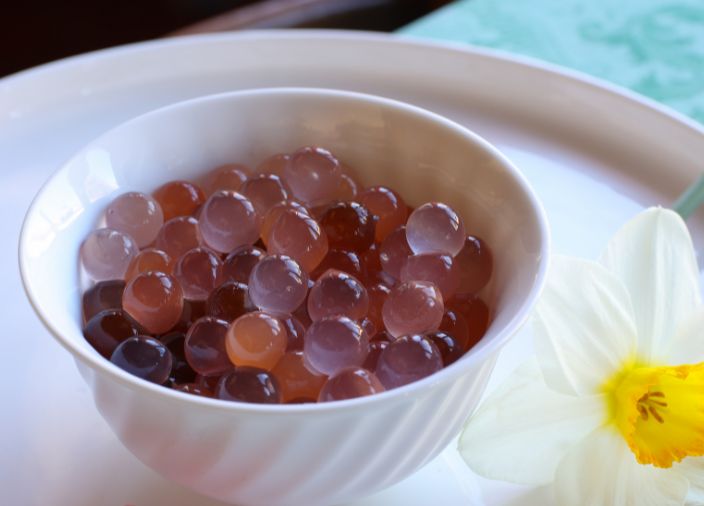
Understanding the Process
Spherification shapes a liquid into spheres resembling caviar, pearls, or even larger orbs. These spheres burst in the mouth, releasing their encapsulated flavours in an explosion of taste.
This is achieved by a reaction between calcium ions and alginate extracted from brown seaweed.
There are two primary methods:
Basic Spherification: A liquid mixed with calcium is dropped into an alginate bath. The reaction forms a gel-like skin around the droplet, creating the sphere.
Reverse Spherification: The process is flipped. A liquid mixed with alginate is dropped into a calcium bath. This method allows for a thinner membrane and a wider variety of liquids.
Essential Tools for Spherification
Syringes or Pipettes: To drop the liquid into the bath, ensuring uniform sphere sizes.
Fine Mesh Sieve: For gently retrieving the spheres from the bath.
Blending Equipment: To mix alginate or calcium lactate into the chosen liquid seamlessly.
Techniques and Best Practices
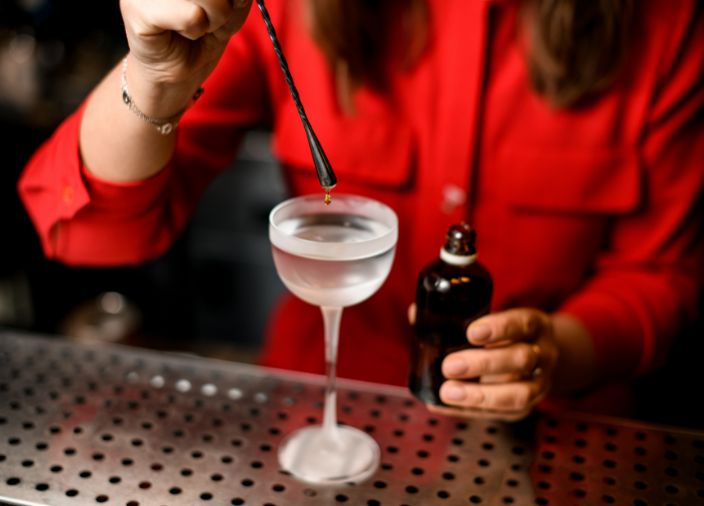
Techniques and Best Practices
Bath Preparation: Ensure the alginate or calcium bath is free of air bubbles, which might distort the shape of the spheres.
Consistency is Key: The viscosity of the liquid affects the final shape. Adjustments might be needed to achieve perfect spheres.
Rinsing: After formation, spheres should be gently rinsed to remove excess alginate or calcium, ensuring a clean taste.
Storage: Spheres should be used shortly after creation for the best texture and flavour.
Spheres In Mixology
As bartenders embrace these techniques, cocktails become multisensory experiences:
Fruit Pearl Garnishes: Tiny spheres filled with fruit juices or extracts that add bursts of flavour with each sip.
Encapsulated Bitters: For those who want to control the intensity of their drink, adding bitters in sphere form allows them to burst and mix as desired.
Cocktail Caviar: Small orbs that can be sprinkled atop cocktails, adding elegance and interactive fun.
Larger Spheres: Imagine a mojito or margarita encased in a larger sphere, to be burst and released into a secondary mixer, combining the elements in a dramatic presentation.
Key Takeaways
Spherification shapes a liquid into spheres that burst in the mouth to release intense flavours.
Spherification and reverse spherification are more than mere techniques: it's where chemistry meets artistry, creating moments of surprise and delight.
Essential equipment: syringes, fine mesh sieve and blending equipment.
Popular examples in mixology include fruit pearl garnishes, encapsulated bitters, cocktail caviar, and large spheres.
Become a member of Diageo Bar Academy for free today and get loads of extras, including exclusive access to our free menus, recipe cards, courses, and more!
Related Content
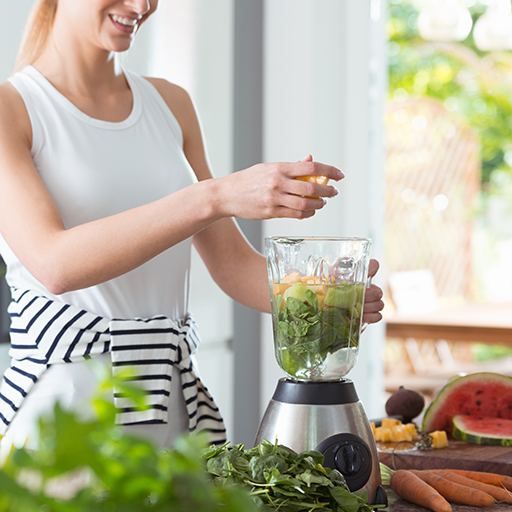
A Bartending Guide to Blenders
The electric blender transformed how cocktails were made. Find out the history, styles and best practices for using the blender to make standout cocktails your guests will love.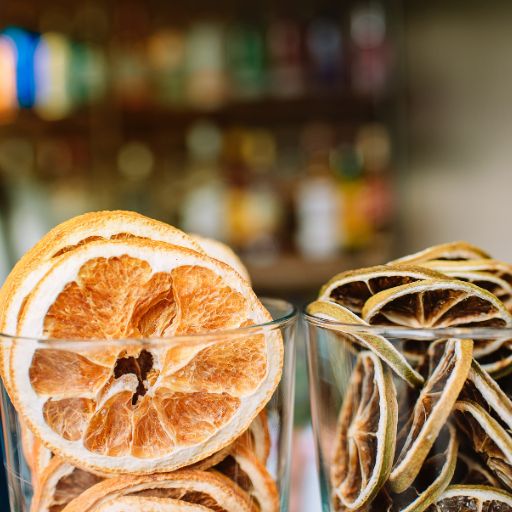
Garnish Dehydration
Garnish can add flavour nuances and aesthetics that capture the drinker's attention. Elevate your garnish further using the art of dehydration.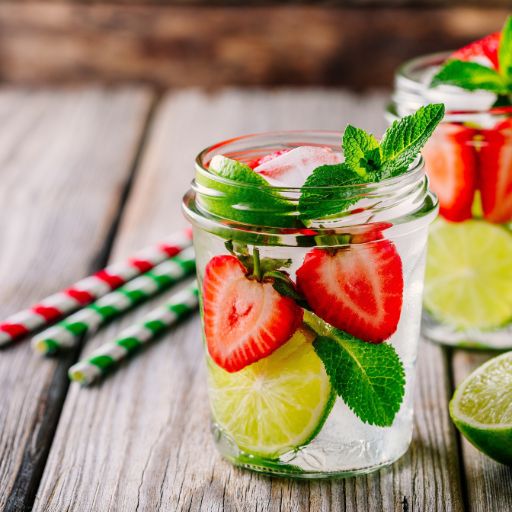
A Bartender Guide to Infusion
Infusion has transitioned into bartending, producing innovative flavour combinations. Learn how to enhance your cocktail creation with this technique.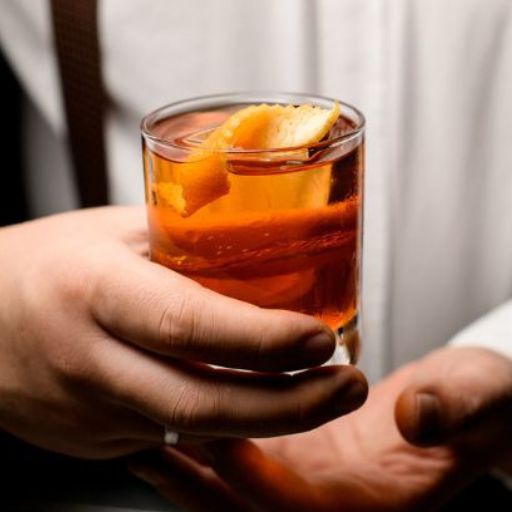
A Guide to Cocktail Clarification
Cocktail clarification has become a quest for many mixologists. Explore this technique and the best tools for clarified cocktails.
